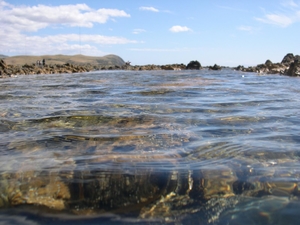Canthaxanthin
Canthaxanthin is a carotenoid terpene pigment initially found in various sources including plants and fish. Canthaxanthin exhibits immunostimulatory, antioxidative, and chemopreventive activities; it does not display any vitamin A activity. In vivo, canthaxanthin increases cell-mediated and humoral immune responses. Metabolites of canthaxanthin enhance gap junction communication and expression of connexin 43. In vitro, canthaxanthin inhibits t-BOOH-induced production of malondialdehyde and lipid peroxidation; it also scavenges radicals. In other cellular models, this compound inhibits MCA-induced neoplastic transformation, suppressing carcinogenesis.
References PubMed ID::http://www.ncbi.nlm.nih.gov/pubmed/18848139
| Cas No. |
514-78-3 |
|---|---|
| Purity |
≥9% |
| Formula |
C40H52O2 |
| Formula Wt. |
564.84 |
| Chemical Name |
β,β-Carotene-4,4-dione |
| IUPAC Name |
2,4,4-trimethyl-3-[(1E,3E,5E,7E,9E,11E,13E,15E,17E)-3,7,12,16-tetramethyl-18-(2,6,6-trimethyl-3-oxocyclohexen-1-yl)octadeca-1,3,5,7,9,11,13,15,17-nonaenyl]cyclohex-2-en-1-one |
| Melting Point |
217°C(dec.) |
| Solubility |
Soluble in chloroform or oil. Slightly soluble in methanol. |
| Appearance |
Violet colored crystalline solid |
Chew BP, Park JS. Carotenoid action on the immune response. J Nutr. 2004 Jan;134(1):257S-261S. PMID: 14704330.
Stahl W, Sies H. The role of carotenoids and retinoids in gap junctional communication. Int J Vitam Nutr Res. 1998;68(6):354-9. PMID: 9857261.
Palozza P, Luberto C, Ricci P, et al. Effect of beta-carotene and canthaxanthin on tert-butyl hydroperoxide-induced lipid peroxidation in murine normal and tumor thymocytes. Arch Biochem Biophys. 1996 Jan 15;325(2):145-51. PMID: 8561491.
Pung A, Rundhaug JE, Yoshizawa CN, et al. Beta-carotene and canthaxanthin inhibit chemically- and physically-induced neoplastic transformation in 10T1/2 cells. Carcinogenesis. 1988 Sep;9(9):1533-9. PMID: 3136943.
